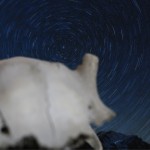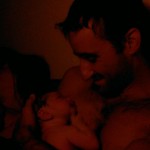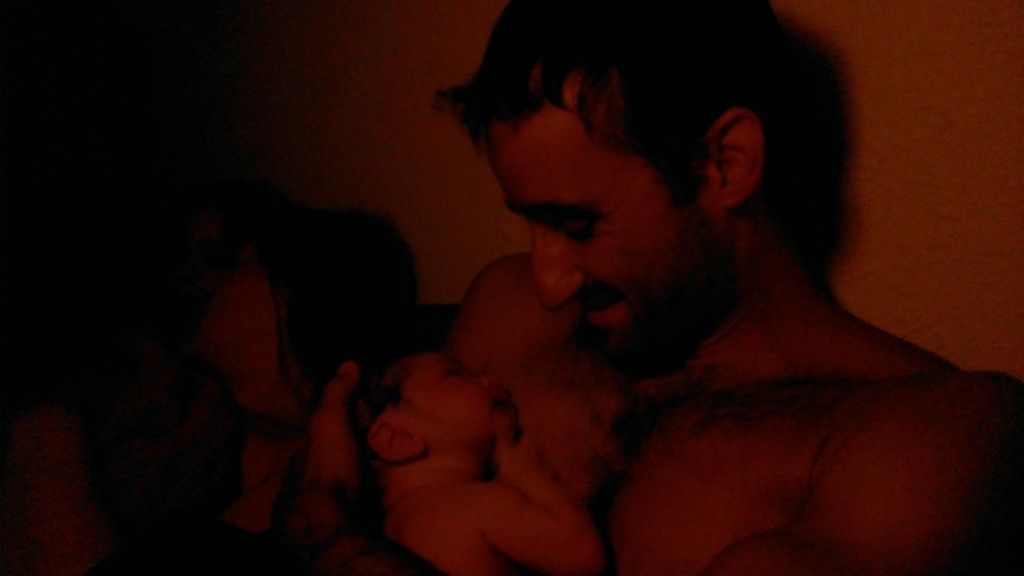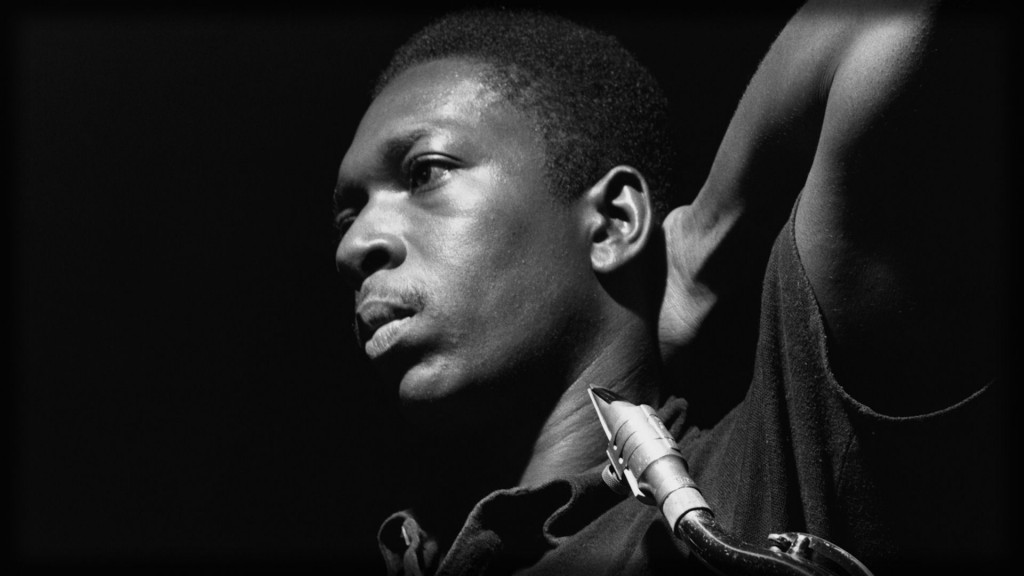Firstly, as last time, I want to thank all of you for supporting my practice by coming to see me! Being able to make a living out of my passion is such a blessing and it wouldn’t be possible without YOU.
I just returned from my sabbatical month in Gainesville, Florida. This was a time for being with the family, for reading, for meditating, for, to use a term I picked up from Carl Jung, reverie – unscheduled time. Time for Being. Sometimes I think that I meditate too much or that I emphasize JUST BEING too much, but then I remember that that is my job. In this society of Go Go Go my job is, in part, to help you remember to settle down physically, emotionally, mentally.
I spent much of the month writing, thinking, visioning and sharing ideas with friends. It is from that space that I have returned to my work here, refreshed and eager to dip my hands in the ocean.
Below are two projects that were born from this fresh perspective, I hope you can join me in them. In addition to these projects I am, of course, offering loving, awesome bodywork.
The Stillness Project
I am aware that so much happens when I sit in meditation. Cars drive by, airplanes fly by, people bustle to their jobs, and during all this I try to sit motionless for an hour and in that motionlessness I find much movement.
I let go of my neck (was I holding it) and it finds a better place; I feel fully settled, then I notice my upper lip (was I holding there?) I let go and it finds a better place; I feel fully settled, deeper than before then I notice my belly (really? how come I didn’t notice that tension) and I let go and a new sense of alignment and identity arises, and the process goes on and on and on.
This to say that there are many layers of tension to let go of, and these layers become clear through stillness.
Stillness is at the root of my work and I want some brave souls (YOU) to come explore stillness together.
The structure that I envision for these sessions is 90minutes: 30 minutes dedicated to talking and checking-in, possibly even a written or video interview followed by 45 minutes of 1 hold, followed by 15 minutes of transition back to the world.
Come STUDY stillness together.
1 Year – 50 Books
In this society of Go Go Go (I repeat myself) we have lost time to slow down and read. We are often flicking the screen of our ipods/iphones/ipads and before we know it an hour has passed. I want to encourage you to join me on a project I’m calling: “1 Year – 50 Books”.
Sounds daunting but it breaks down to 1 book a week. This may seem unrealistic but, well, you know the saying “Aim for the stars and you may reach the Moon” (as an astrophysicist that would mean that you were unaware of some major errors).
Lets replace screen time with page time. Lets reclaim bookreading! Whenever you are going to reach for the gadget to check on the status of the world reach for the book instead. I’m also writing a brief review of each book on my reading blog and my facebook site so drop by and tell me which books you are reading.
I look forward to being with you.

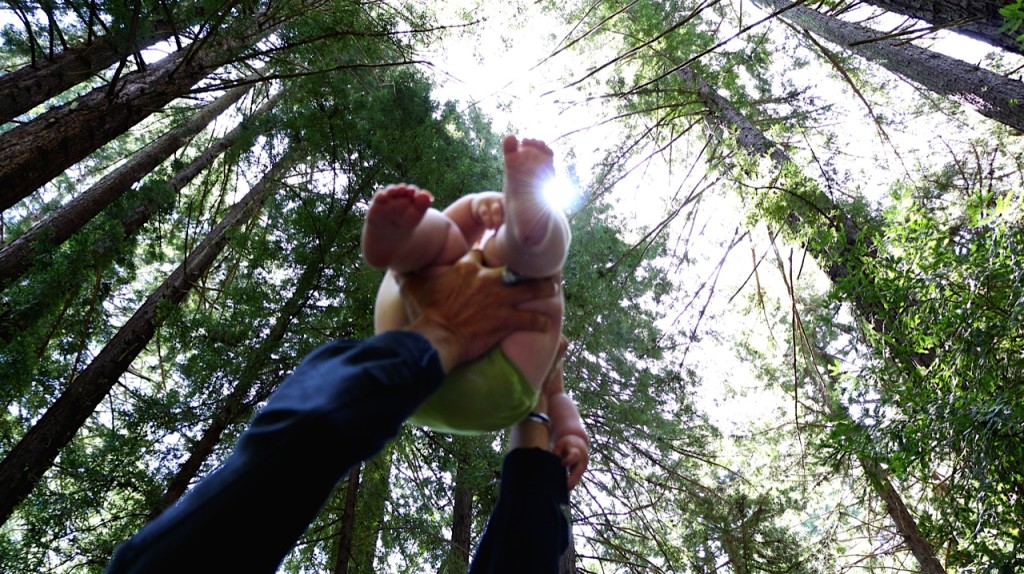 Chief Tsunka Wakan Sapa (Phillip Scott) holding Haya up to the the tall redwoods
Chief Tsunka Wakan Sapa (Phillip Scott) holding Haya up to the the tall redwoods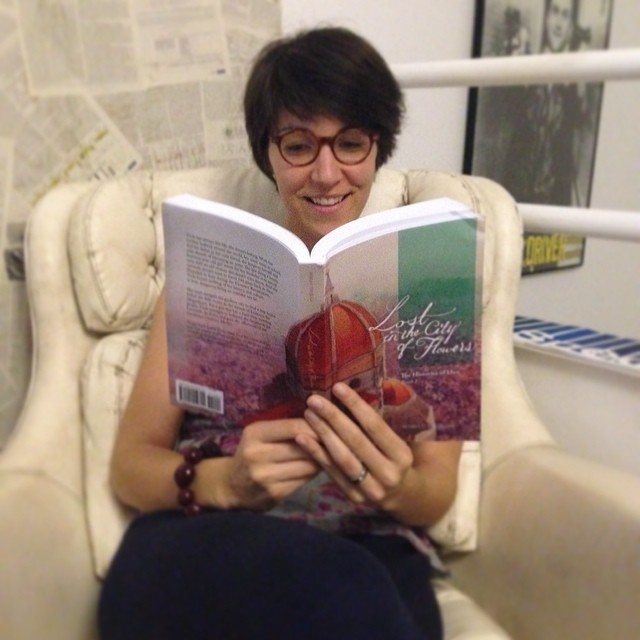
 “Come sit with me, and let us smoke the Pipe of Peace in Understanding.
“Come sit with me, and let us smoke the Pipe of Peace in Understanding.

